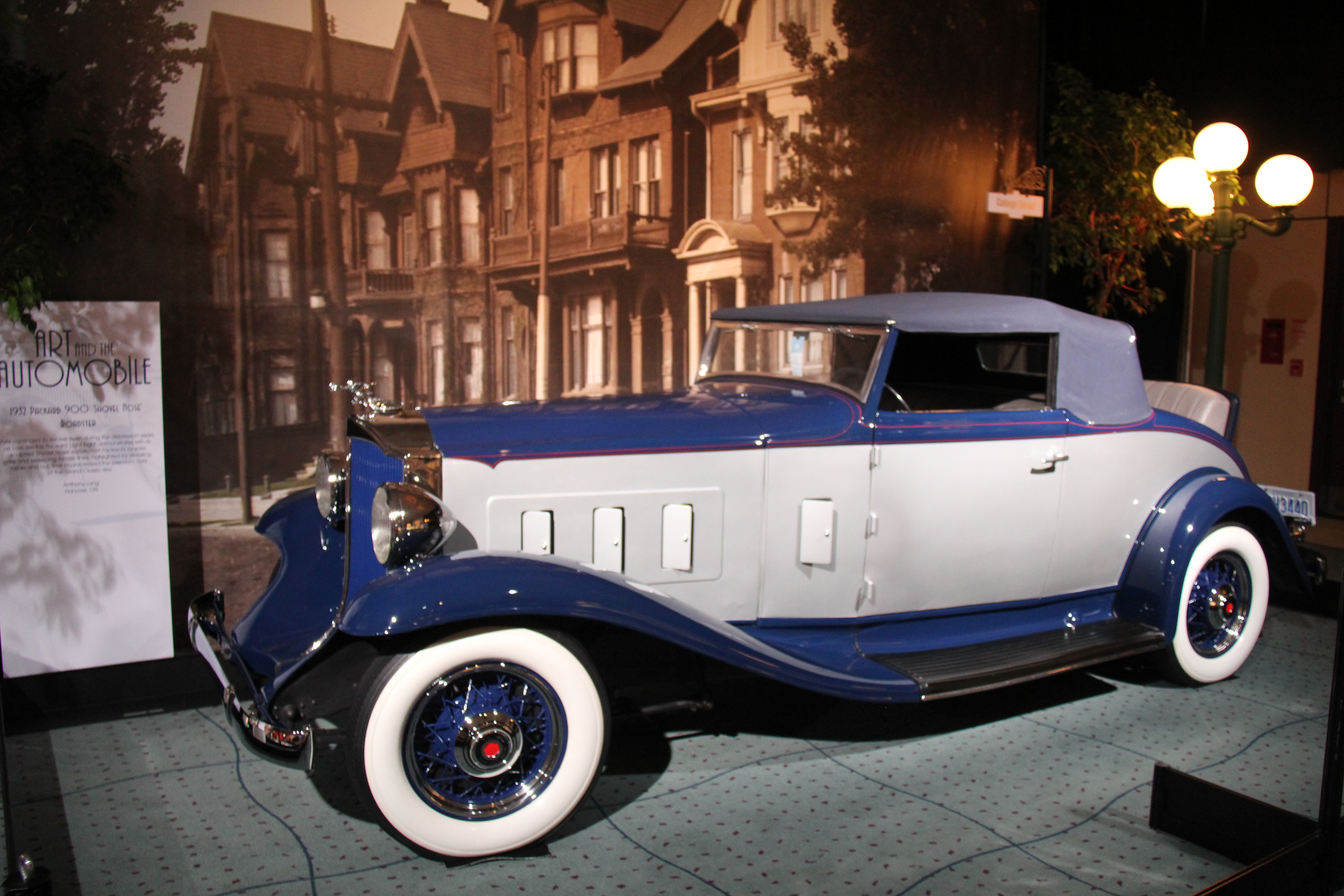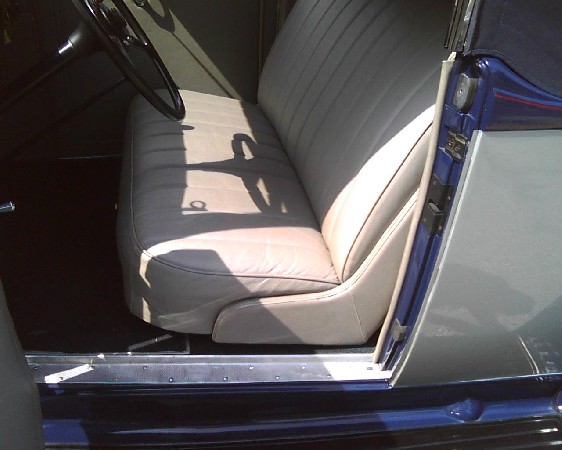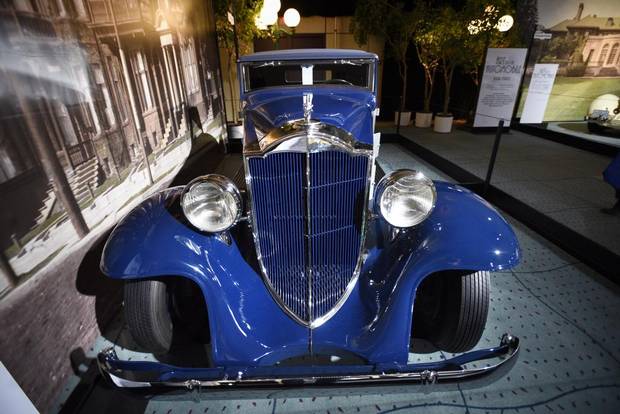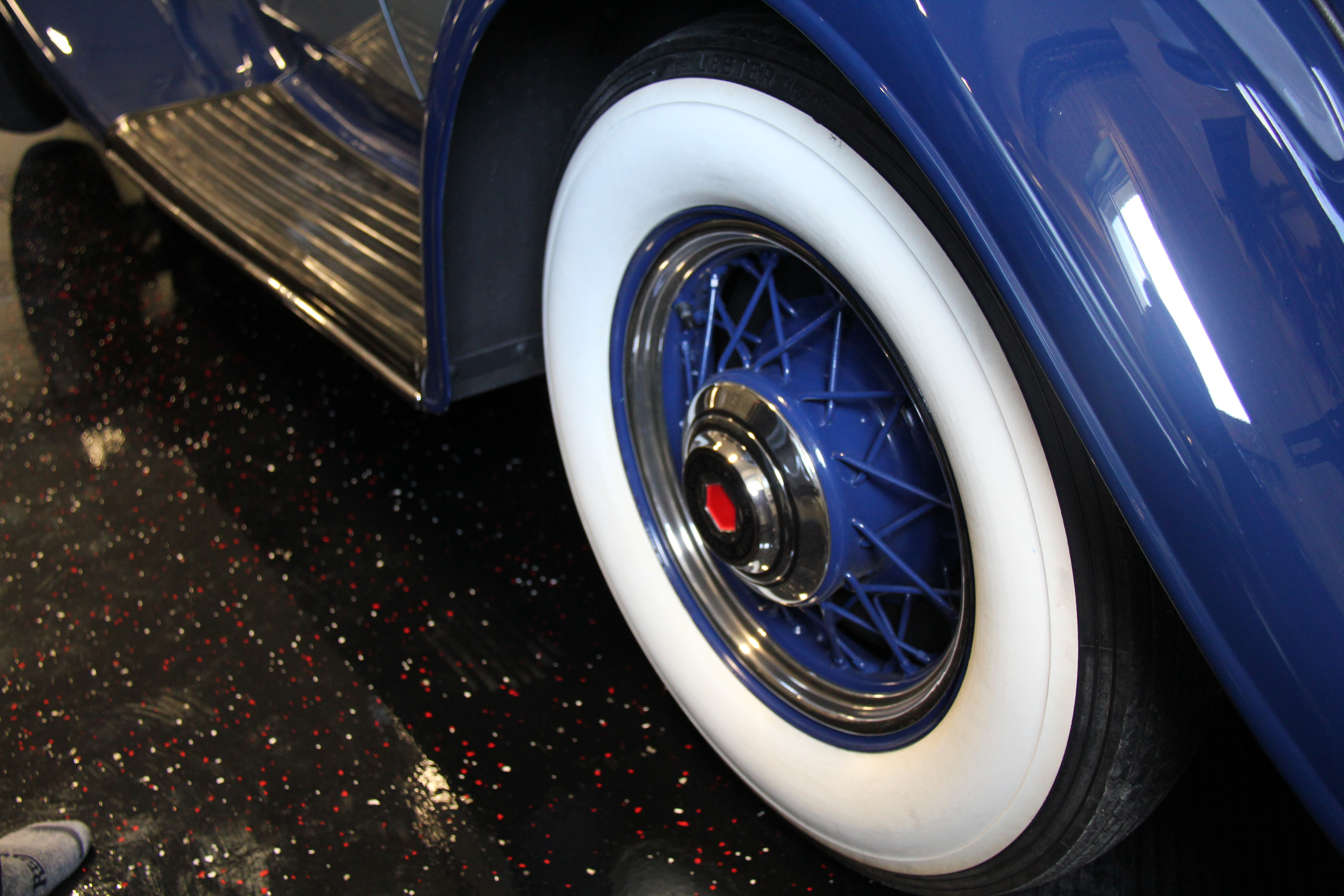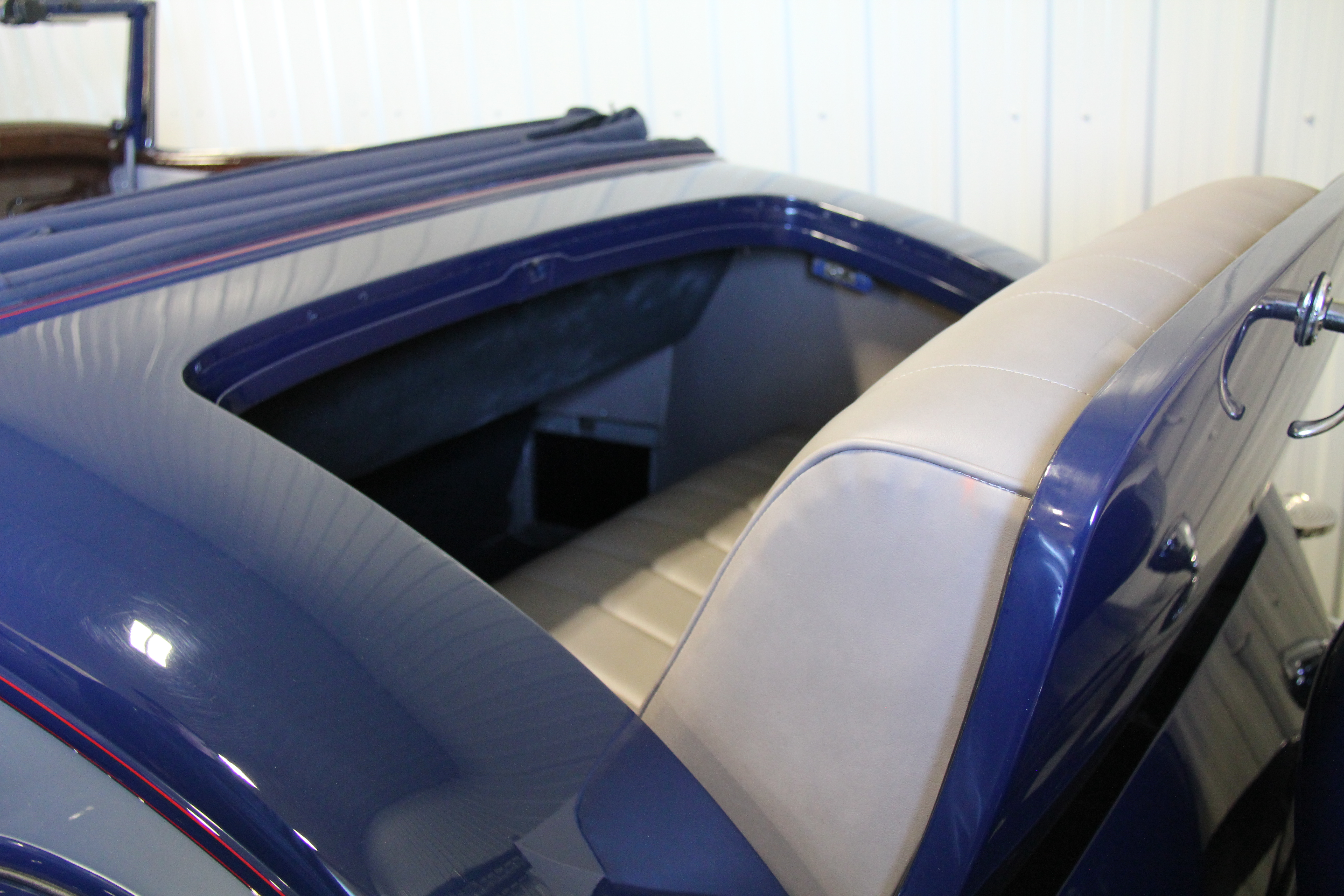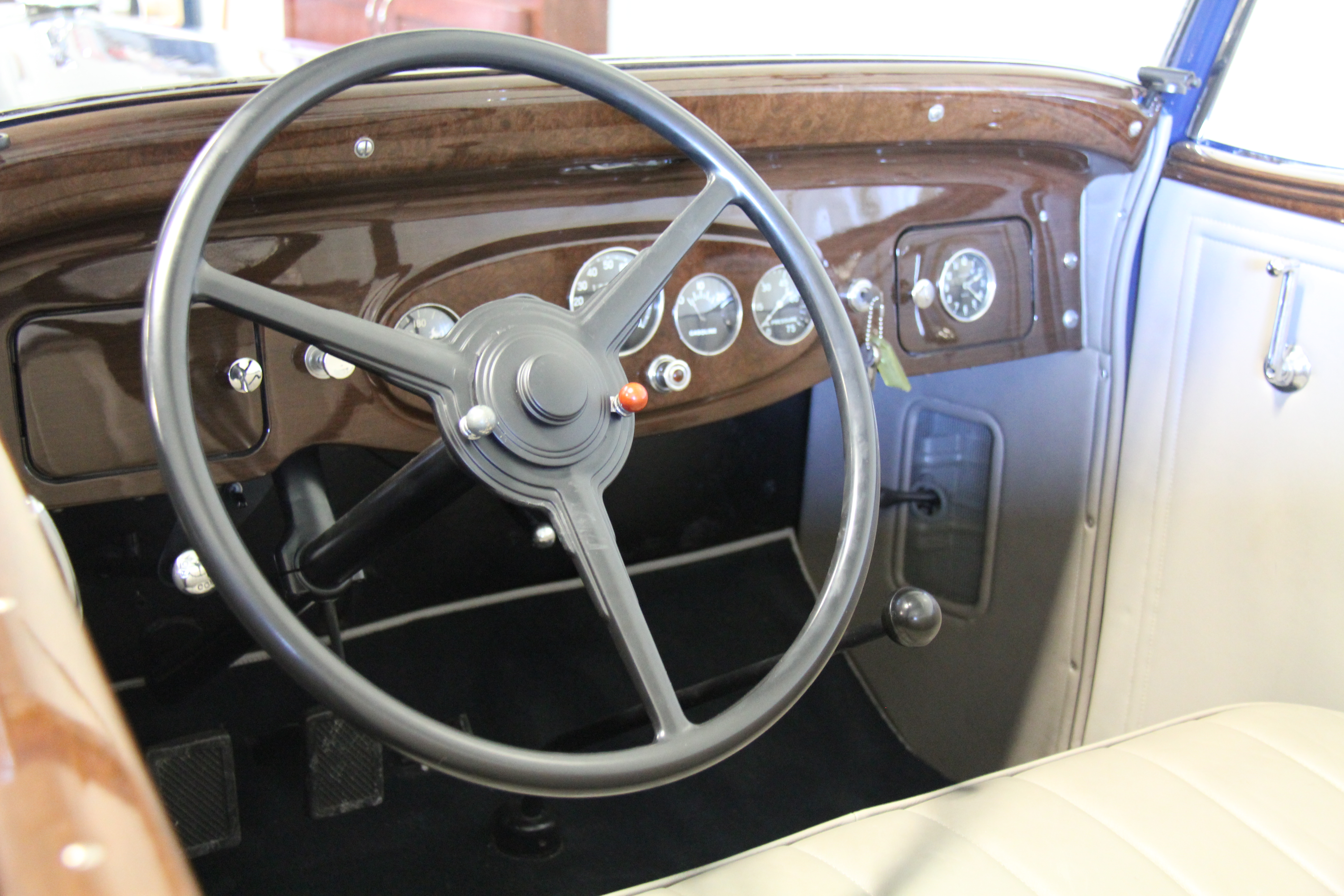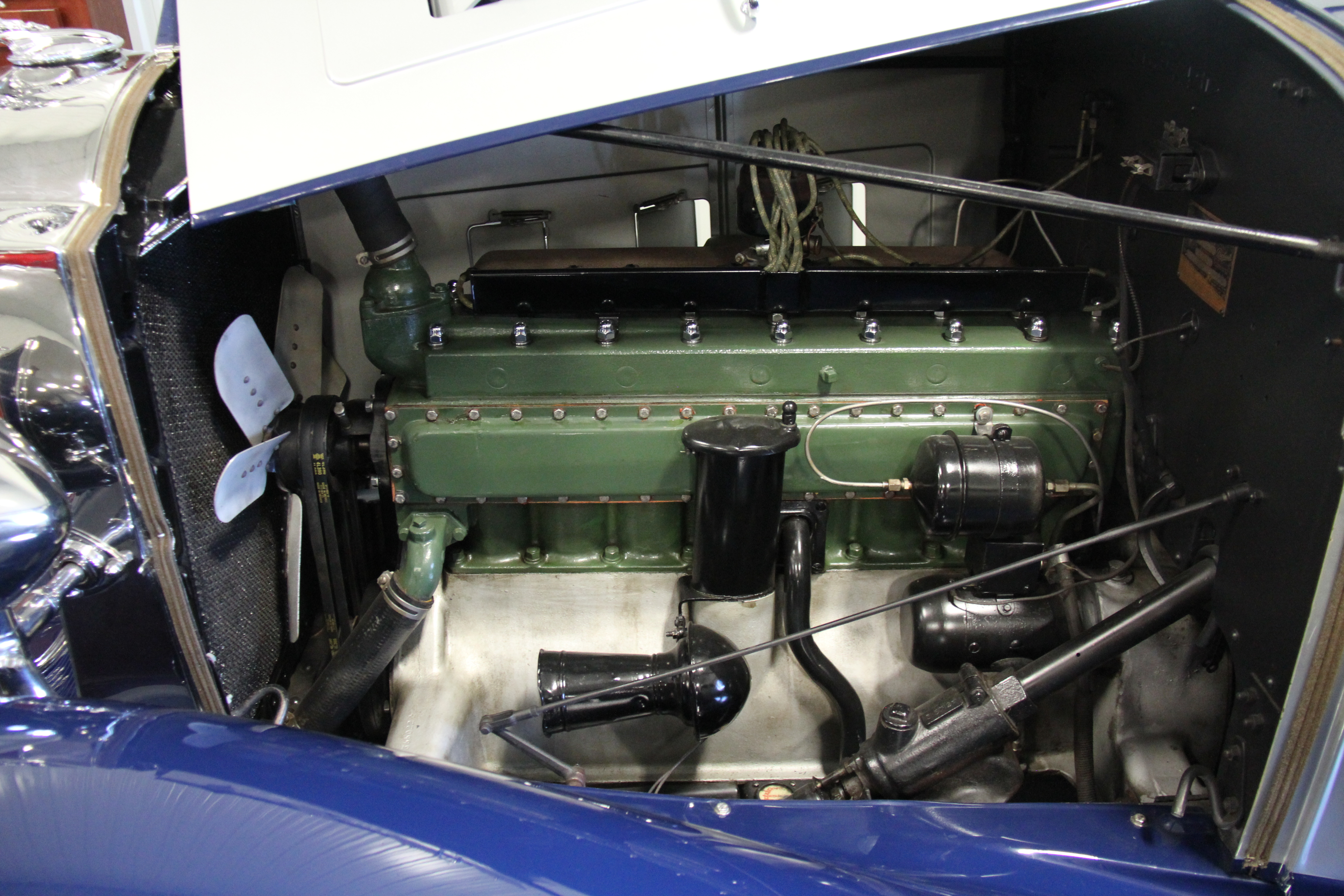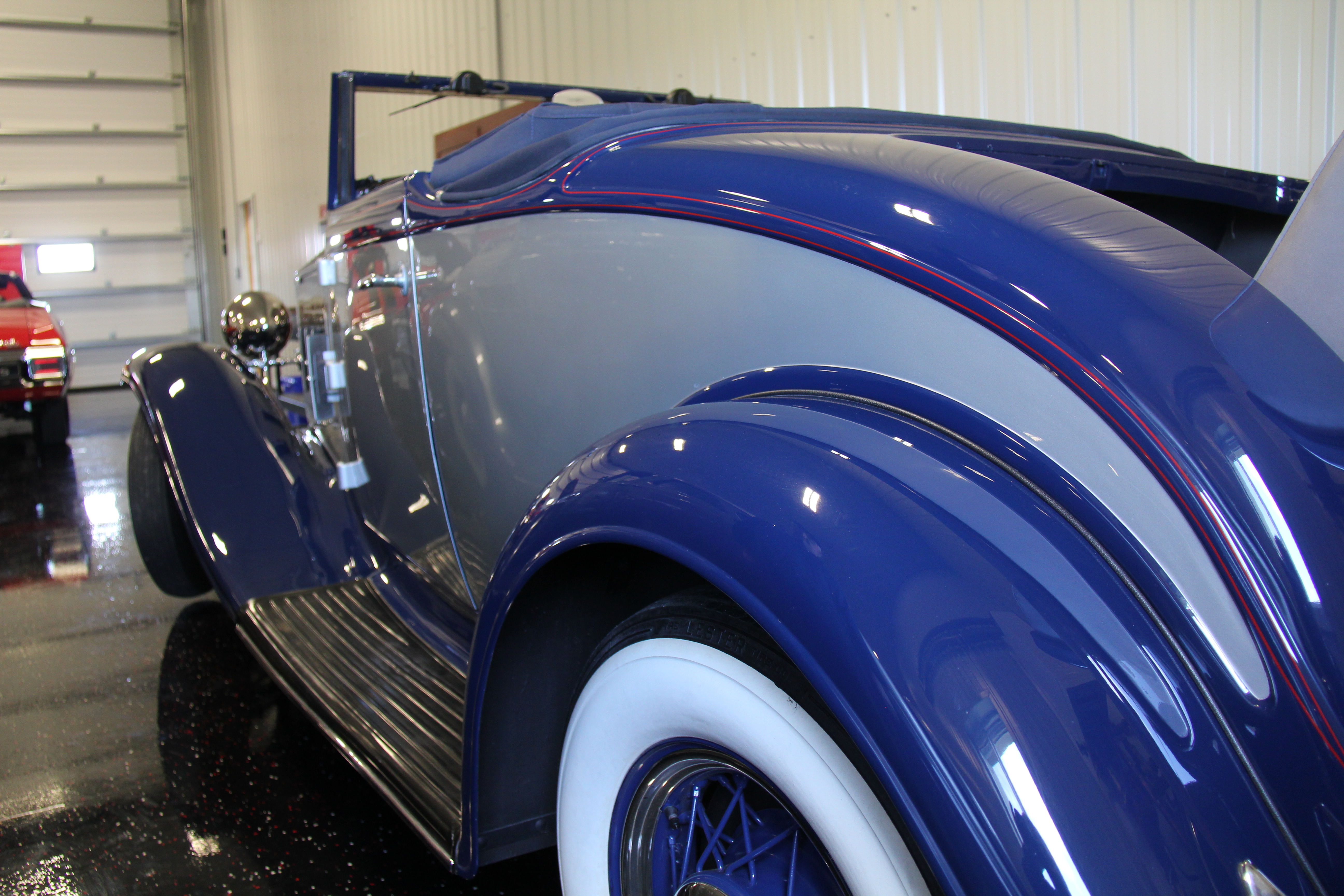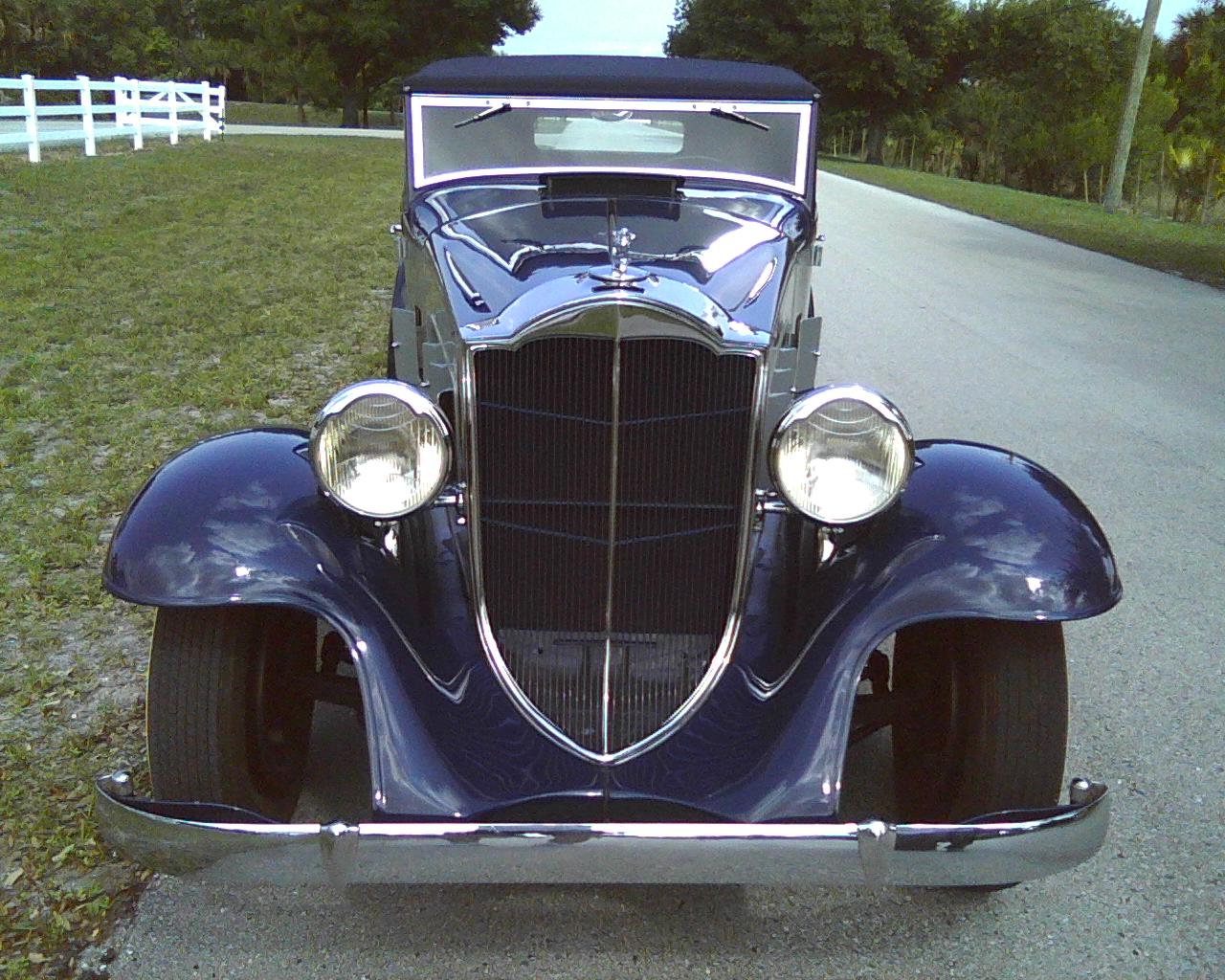1932 PACKARD LIGHT EIGHT “SHOVEL” NOSE ROADSTER NO 08
The Light Eight “shovel” nose Packard was produced by Packard Motor Car Company in Detroit Michigan only in 1932. The car has a heavy frame with X bracing and 8 inch deep side members. It is rear wheel drive, a wheel base of 127.75 inches and is powered by a 320 cu inch straight eight cylinder motor producing 110 HP and has a Vacuum plate clutch. The car is distinguished by the traditional ox-yoke shape and the fashionable “shovel” nose. This Packard was owned by a Concours collector in Philadelphia for many years and then sold to another Packard collector in Florida who went to great expense to professionally restore the car.
Do not be confused with the appearance of the small windshield; this was original and has been copied many times by custom builders all over North America.
This is a rare car as it believed less than 20 such 1932 shovel nose Packard’s exist today
Won CHAIRMAN’S AWARD at COBBLE BEACH CONCOURS 2013
The 1932 Packard Light Eight
The Light Eight was only produced in 1932, during the depths of the Depression. It weighed 2990 lbs and had an over-length of 195 inches. Unique and for Packard racy in design, featuring the shovel nose grill, it had many other features and improvements that would be carried forward. Although considered “low” by Packard standards, the selling price of approximately $1800 FOB Detroit (equivalent in 2017 Canadian dollars to $40,776), showed it to be only affordable by the affluent.
Author J.M. Fenster describes the 1932 Packard Light Eight in his book Packard: The Pride (Automobile Quarterly Publication) as follows:
“The Light Eight was an attempt to sell cars in a Depression that, by 1931, was clearly not a temporary situation. The niche left by the low-priced Straight Six models of the Twenties beckoned in hard times … `It answers the eternal desire for Packard quality, as pronounced today, as ever before,’ the sales catalog bravely asserted, `but repressed for two long years.’
“The Light Eight engine was basically the same as the Standard Eight, with a nine- bearing crankshaft, and it supplied 110 hp. The lightness throughout gave the model a power-to-weight ratio of one horsepower per 39 pounds, giving it performance that the Standard Eight models did not have. To appeal to a new market segment that did not employ a chauffeur, the Light Eight was designed to be easy to drive. A new transmission . . . `Packard Silent Synchro-Mesh Three Speed’ combined with a hand-operated free-wheeling unit to allow the driver to bypass the clutch pedal in shifting between second and third. The `Ride Control’ system of shock-absorber adjustment was standard on the `Light Eight.’
“This was Packard’s version of the `people’s car.’ It was economical to operate and easy to drive, but people’s car have to have distinctive looks, and what is more an ingenuous quality . . . Packard calculated such a quality in the Light Eight too. It started with a simplified front end and grill that sloped forward, like a plow or steam shovel from which sprang the Light Eight’s street name: `Shovelnose Packard.”
The Light Eight was designed and sold as a loss leader for Packard. They lost money on each one sold. It was Packard’s “attempt to meet the Great Depression head on but the Depression won.” Unlike many other auto makers, Packard was able to survive the Depression years by producing, starting in 1935, medium-priced cars (Juniors) that cost under $1000. Sales of the Model 120 tripled that year and doubled again the following year. The Junior models were mass produced on an assembly line while the more expensive Senior models continued to be, in a sense, hand built like always. There were ten times more Junior models sold than Seniors before WWII allowing Packard to survive these years unlike so many other luxury cars of the period that disappeared into the mists of time.

